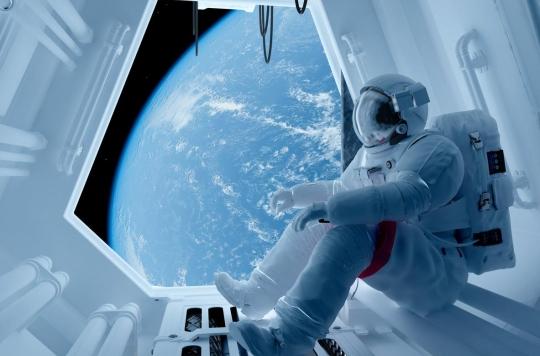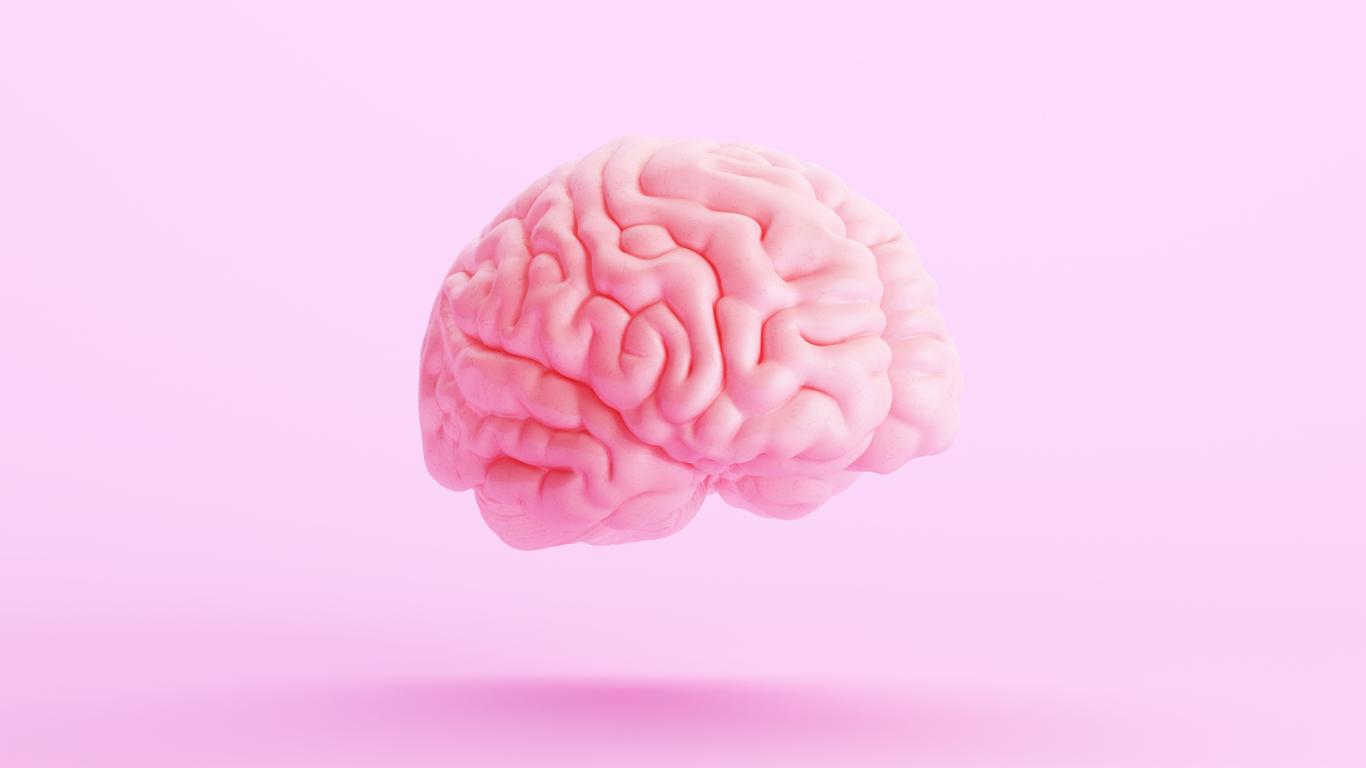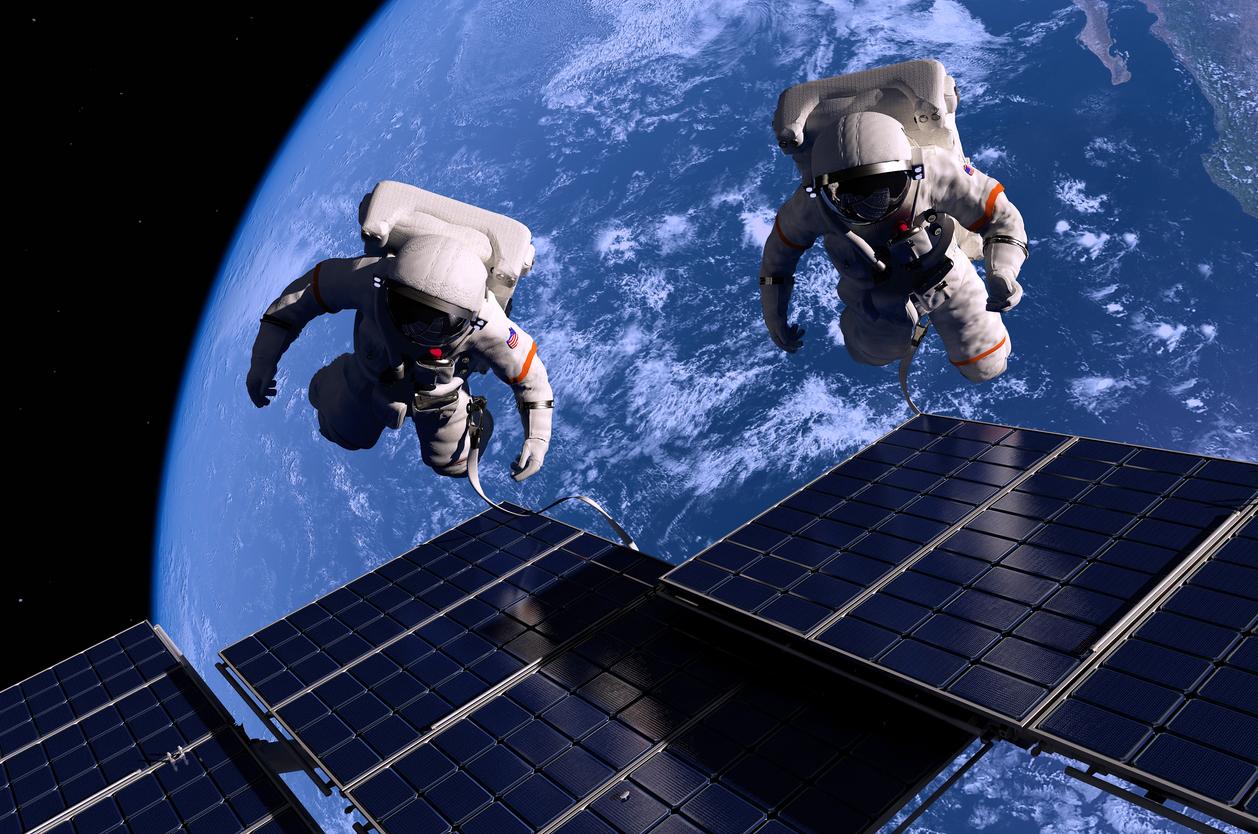A new international study shows that long-duration space travel alters the white matter of the brain.

- Previous studies have shown that long space missions lead, among other things, to a decrease in the muscle density of astronauts.
- Still others revealed a decrease in the volume of gray matter and an increase in the volume of the cerebrospinal fluid of the brain.
- Among the physiological changes in cardiac function, space travel induces a reduction in heart rate, a drop in blood pressure and an increase in cardiac output.
While the scientific community estimates that a first trip to Mars will be possible within ten years, the effects of long periods spent in space are beginning to be well documented. Many studies have looked at the consequences of long-term space travel on the metabolism, bones and muscles, the intestinal microbiota or even the immune system of astronauts.
It is therefore obvious that space exploration also has consequences for the human brain. Previous work has shown that spaceflight can alter both the shape and function of an adult brain.
A new study published in Frontiers in Neural Circuits provides new evidence of the effects of space travel on the brain. His results show that significant microstructural changes occur in several white matter pathways, particularly in the sensorimotor pathways.
The brain adapts to living conditions in space
White matter refers to the parts of the brain that are responsible for communication between gray matter and the body and between different regions of gray matter. The white matter is therefore essential because it serves as a channel of communication with the gray matter, where the information processing then takes place.
In order to study the structure and function of the brain after spaceflight, the researchers recruited 12 male astronauts who had participated in long-duration missions, lasting an average of 172 days.
They used a brain imaging technique called fiber tractography, which “gives a kind of wiring diagram of the brain”, as explained by Dr. Floris Wuyts of the University of Antwerp, who led the study. Diffusion MRI (dMRI) scans of 12 male astronauts before and just after their spaceflight were also studied, along with eight follow-up scans seven months after the spaceflight.
Analyzes show that the brain has a high level of neuroplasticity to adapt to spaceflight. “We found changes in neural connections between several motor areas of the brain, emphasizes the first Andrei Doroshin, from Drexel University (USA). Motor areas are brain centers where movement commands are initiated. In weightlessness, an astronaut must adapt his movement strategies radically, in relation to the Earth. Our study shows that their brains are, so to speak, rewired.”
And these changes remain lasting, even after several months back on Earth.
No structural change, but a change in form
The study also finds an explanation for the anatomical changes in the brain observed after spaceflight. Initially, the researchers detected changes in the brain’s corpus callosum, the central part that connects the two hemispheres and lines the ventricles, a communicating network of fluid-filled chambers that expand due to spaceflight.
“The structural changes that we initially saw in the corpus callosum are actually caused by the dilation of the ventricles which induces anatomical displacements of the adjacent nervous tissue, details Professor Wuyts. While it was initially thought that there are real structural changes in the brain, we only observe changes in shape. It puts the results in a different perspective.”
This new work underscores once again the need to understand how spaceflight affects our bodies, and in particular the human brain. There are already countermeasures to muscle and bone loss, such as exercising for at least two hours a day. Future research may prove that countermeasures are also necessary for the brain.
.

















